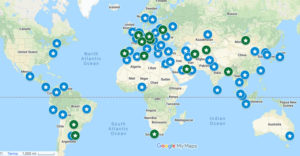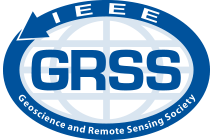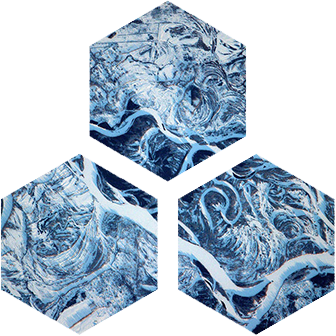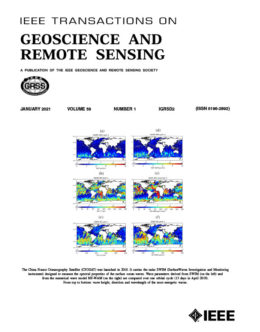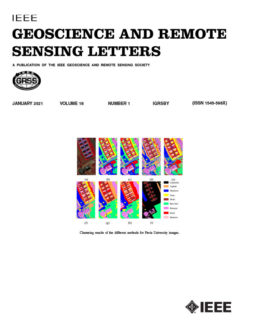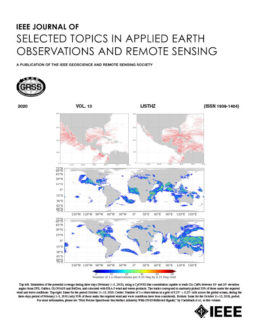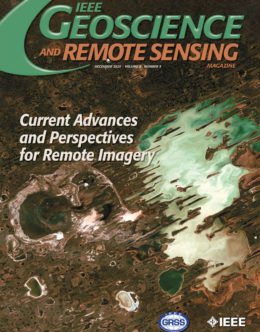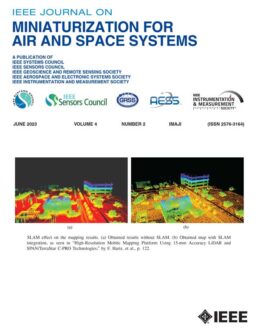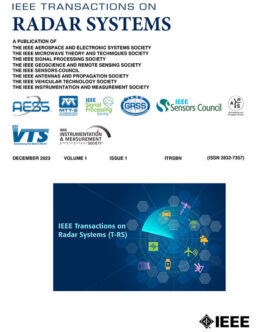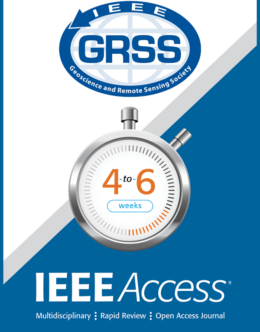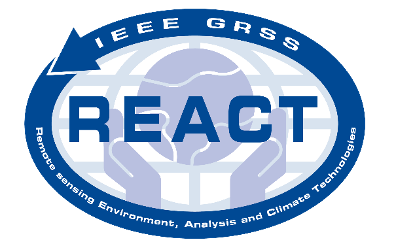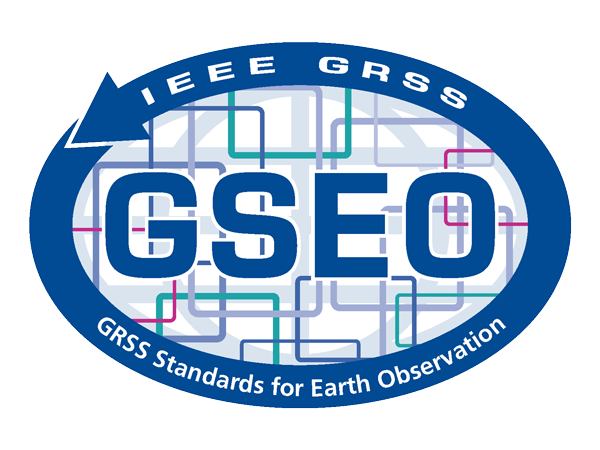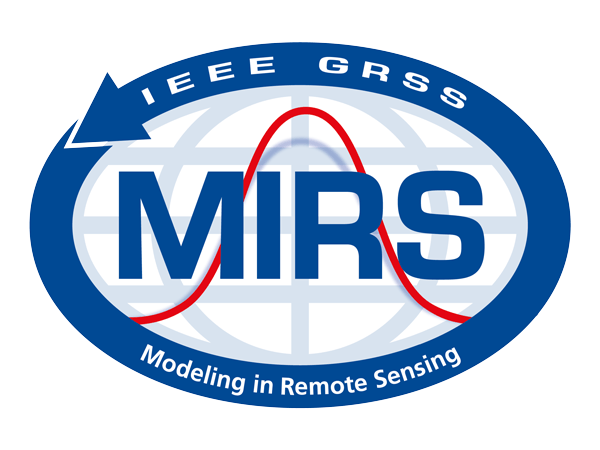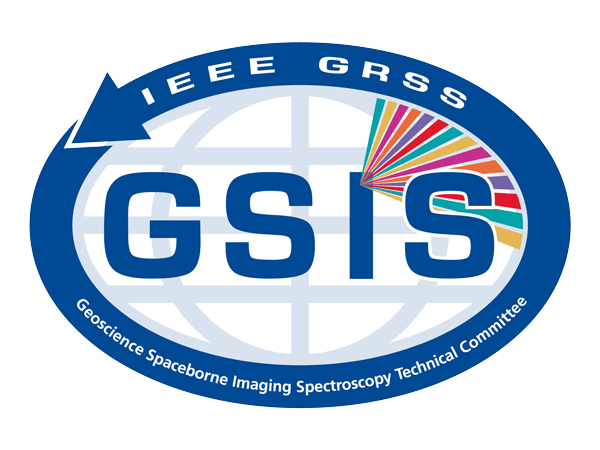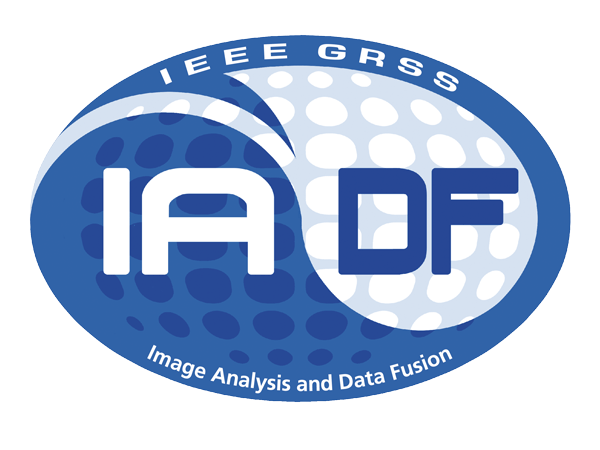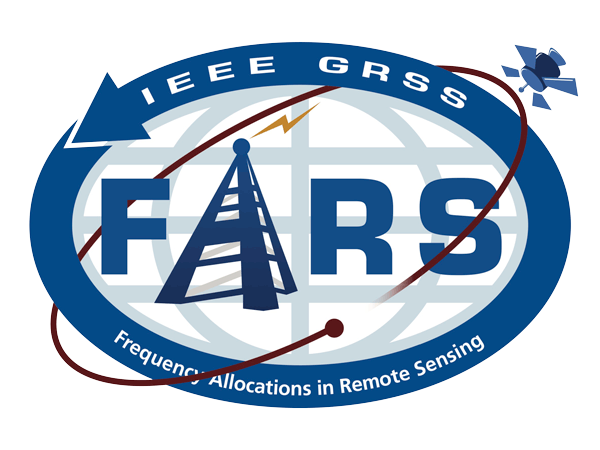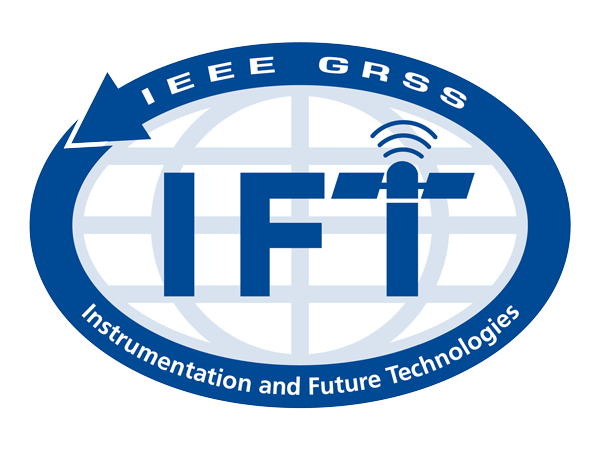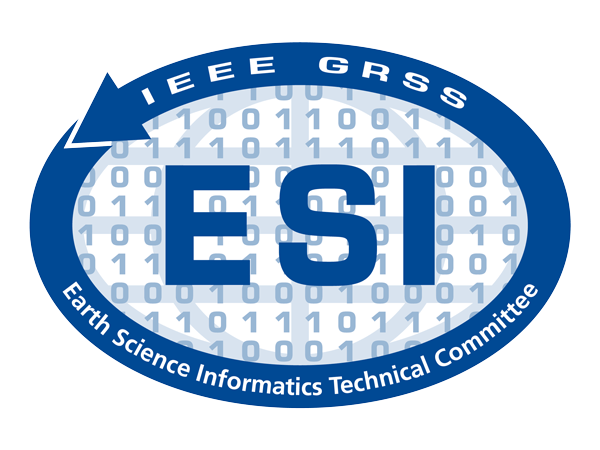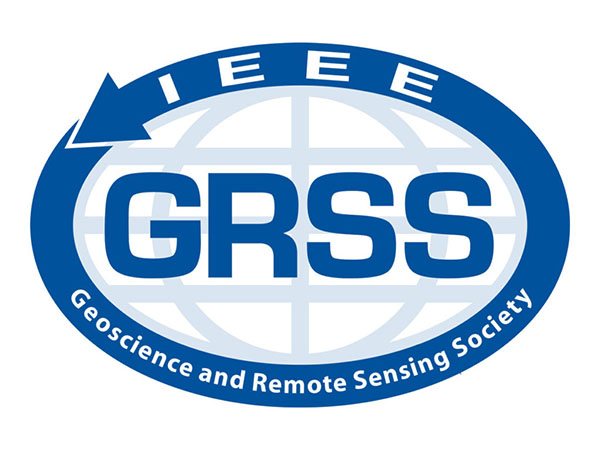Eligibility
The Special Awards Committee may give preference to candidates who:
- are an IEEE GRSS member
- are pivotal and have performed significant contributions to the analysis of remote sensing images in recent years
- published their results in IEEE GRSS journals or conferences
The award is presented only once to an individual.
Eligibility and the selection process shall comply with procedures and regulation established in IEEE and Society governing documents, particularly with IEEE Policy 4.4 on Awards Limitations.
Frequency
The award shall be presented annually to one recipient, provided a qualified candidate is nominated.
Nominee Solicitation
The nomination package including the following materials must be submitted by an IEEE GRSS member via the Award Nomination Tool by December 15:
- nomination template can be obtained here or through the Award Nomination Tool
- a nomination letter, no more than 4 pages in length, clearly identifying, with evidence and references, the contributions and the impact of the candidate’s work
- a complete curriculum vitae of the candidate
- at least 2 recommendation letters from individuals familiar with the candidate’s achievements
Selection/Basis for Judging
quality, significance and impact of the candidate’s activities
quantity of contributions
duration of significant activity
presence in the GRSS community
The special awards evaluation committee consists typically of 7 GRSS members who have already received at least one special award of the society and are not member of the GRSS AdCom. Each member of the evaluation committee provides for each candidate a rating as follows:
The rating is typically a non-integer number. The final ranking is the sum of the ranks given by each evaluator. If the average of the rankings for all candidates is less than 2, the award is not presented in that year. In the event of a tie, a virtual meeting is organized with the members of the evaluation committee. A decision is made based on a discussion of how well both candidates meet the selection criteria. Next, the special awards chair forwards the selected candidate, along with the list of all candidates and the respective ratings, to the GRSS president, who approves the recommendation of the evaluation committee. Finally, the GRSS AdCom endorses the selection of the major award recipient in an executive session at the March AdCom meeting.
Award Timeline
15 December | Award Nomination deadline |
Late December | Pre-screening and assignment of 3-4 reviewers for each nomination |
Early February | Nomination reviews are completed |
Mid-February | Final consideration and votes for tie-breaks of nominations from GRSS-SAC members |
Early March | Award recipients are notified. |
Presentation
The award shall be presented at IGARSS or a GRSS co-sponsored specialty symposium in the field of analysis of remote sensing images such as Whispers, Multitemp or JURSE.
Special Awards Committee
Jaya Sreevalsan Nair: Chair (India)
David Long: Past Chair (USA)
Paolo Gamba (Italy)
Jeffrey Walker (Australia)
Yanfeng Gu (China)
Xiaoxiang Zhu (Germany)
Xiuping Jia (Australia)
W. Linwood Jones (USA)
